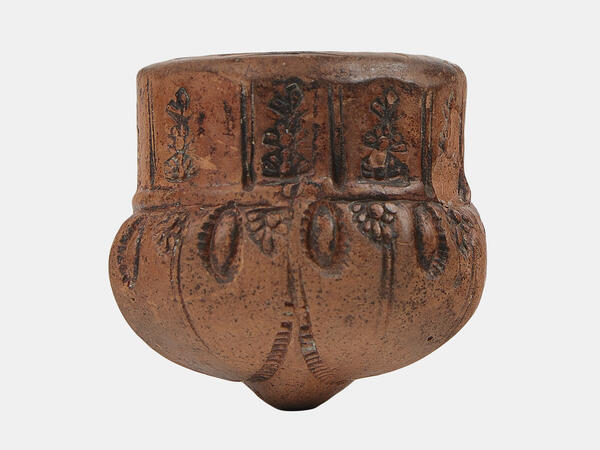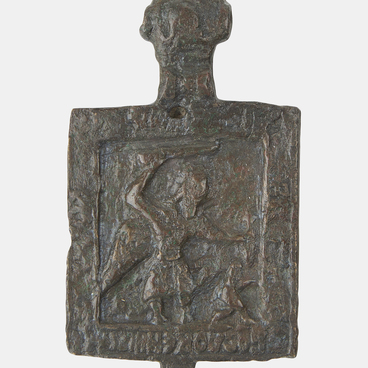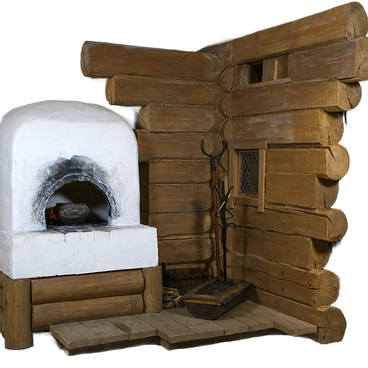Smoking tobacco has been practiced since ancient times. The smoking pipes found in Egyptian tombs are more than 10,000 years old. In Central America, cave paintings featuring smoking Indians date back to the same time. Herodotus described Scythian habits of inhaling the smoke of burnt plants, and frescoes in ancient Indian temples depict gods in clouds of incense.
In Russia, the first information about smoking dates to the reign of Ivan the Terrible, when tobacco was introduced by English merchants. There were no special laws on its sale and use yet. Only half a century later, the church and the state chose to condemn smoking and banned tobacco. Violators were punished severely, especially after a fire in Moscow that was caused by a smoker in 1634.
During the reign of Tsar Mikhail Fyodorovich Romanov, smoking was considered a serious crime and was punished by death. His son Alexey Mikhailovich legalized the sale of tobacco, tempted by commercial benefits, and the punishment for smokers was softened: they were no longer beheaded. Instead, they were flogged with a whip, carried along the streets on a goat and exiled to distant cities, after pulling the smokers’ nostrils or cutting their noses.
Anti-tobacco measures were fixed in the Council Code of 1649, where ten points were devoted to the “hell grass”. It was forbidden to smoke, drink, or store tobacco. The use of tobacco was regarded as a mortal sin, since the church taught that tobacco smoke came from the fire of hell, and smoking was regarded as an Anti-Christian ritual of offering incense to Satan.
Despite strict prohibitions, tobacco quickly became popular in Russia, especially among the Cossacks. Several early Dutch pipes were found in the archaeological layer of 17th-century Moscow. The volume of their bowls was small, only 2–3 centimeters, since tobacco was still very expensive.
Such smoking pipes belonged to the small bowl type. They were made from different types of clay in relief molds with ready-made patterns. In Tula, most pipes of this kind were found in the Tula Kremlin. Almost none of the hundreds of pipes, sometimes only fragments of which have survived, were in use: most likely, there was a tobacco shop here.
The history of tobacco smoking in Russia took a sharp turn during the reign of Peter I. On February 11, 1697, the emperor, who had enjoyed pipe smoking in Holland, legalized the use of tobacco and the trade of all related products.




